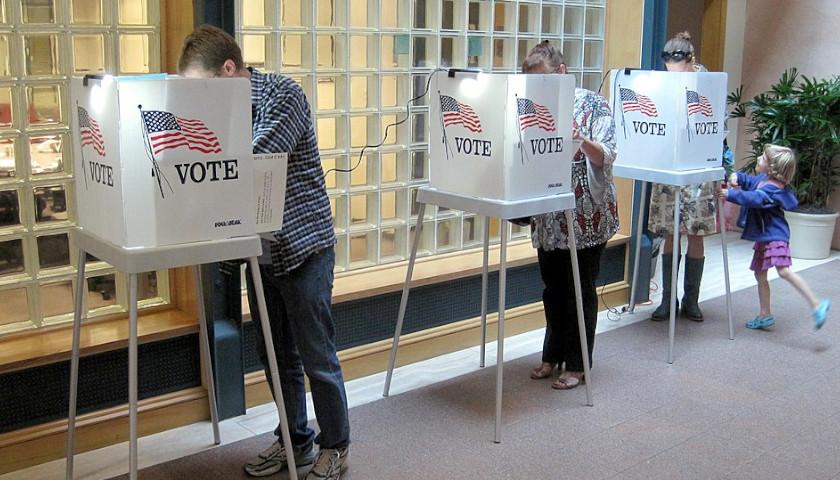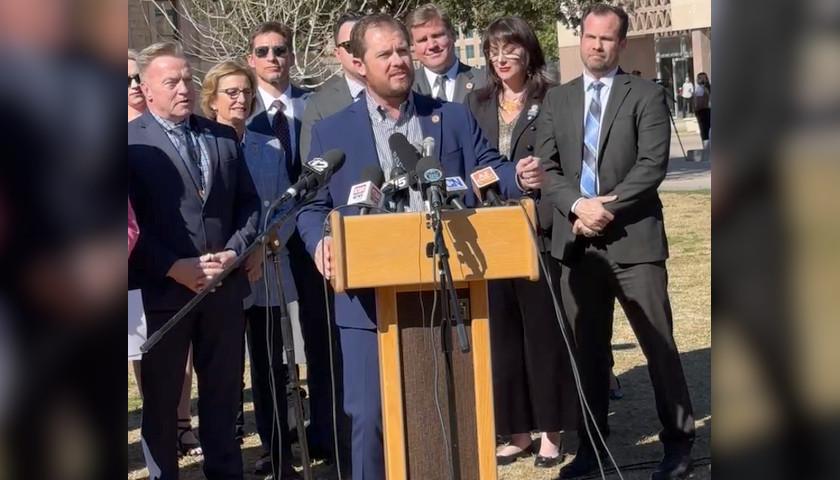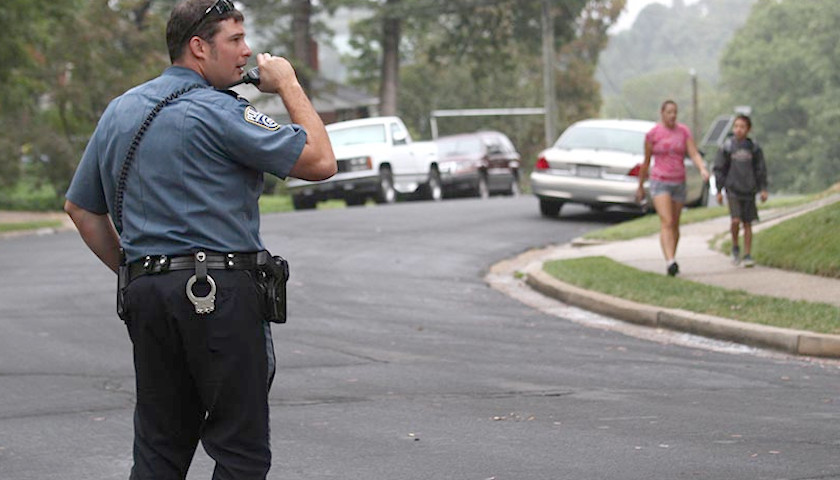State Superintendent of Public Instruction Tom Horne (R) told The Arizona Sun Times Monday that he hopes his administration can increase the number of Arizona high school graduates enrolling in universities by improving the education they receive before graduating.
“In order to go onto college, students have to get a good academic education, and that’s my total focus: to improve the academic education students get,” Horne said. “I’m doing everything I can to raise the academics in the schools.”
Horne said he plans to increase academic success through school improvement service teams, holding school districts accountable for low student performance, and getting rid of classroom distractions that do not pertain to academics, such as Critical Race Theory (CRT).
As reported by The Sun Times, the average ACT scores for graduating Arizonan high school students in 2022 were below the college readiness benchmarks.
Horne also discussed postsecondary education for adults who never went to college with The Sun Times. He said that the Arizona Department of Education (ADE) has an adult education program that can help give anyone a shot at higher education, no matter their stage of life.
Horne’s remarks stem from an inquiry by The Sun Times about a March report from the Helios Education Foundation (HEF), which showed that enrolling in postsecondary education could significantly increase individual and statewide finances. According to the foundation’s research, the average lifetime earnings for an Arizonan high school graduate is $679,000; meanwhile, the average for those with a bachelor’s degree is $1,531,000. Even those with an associate degree or any college education at all average hundreds of thousands of dollars more than high school graduates.
Moreover, more Arizonans attending college could also benefit the state. Those who achieve a bachelor’s degree are expected to contribute $982,680 more to the state through lifetime social value, such as earnings and productivity, than someone without higher education. Additionally, the foundation found that the state’s fiscal gains would increase by 15 percent of Arizona’s 2022 General Fund Budget if university enrollment rose by 20 percent.
“The benefits of increased postsecondary enrollment and attainment are both personal and public. Individuals benefit, in a personal sense, from earning a college certificate or degree. At the same time, the benefits to individuals add up to large-scale benefits for the state,” according to the report.
As for who is attending college, the HEF predicted that over 50 percent of future Arizona high school graduates would not attend or complete a higher education after graduation. Although, 27 percent of graduates who go to a university are likely to achieve a bachelor’s degree.
Demographically, women are more likely to attain a bachelor’s degree. Specifically, 40 percent of white women have completed the degree, compared to 28 percent of white men. More white people of both sexes in Arizona have a bachelor’s degree than their Hispanic, Black, Native, and Asian counterparts.
The Sun Times reached out to the HEF for additional comments but did not hear back before press time.
In 2020, university enrollment fell to 46 percent of high school graduates, the lowest rate since 2006. However, Axios reported that enrollment rose 5.1 percent between 2021 and 22.
The HEF included suggestions for increasing college enrollment, including increasing access to dual enrollment in high school.
Horne told The Sun Times he agrees that dual enrollment is essential.
“Dual enrollment definitely plays a great role in getting kids to go on and get a college education,” Horne said.
While he said the ADE does not have the power to make schools give more dual enrollment opportunities, his administration will encourage schools to do what they can.
– – –
Neil Jones is a reporter for The Arizona Sun Times and The Star News Network. Follow Neil on Twitter. Email tips to [email protected].
Photo “Tom Horne” by Gage Skidmore. CC BY-SA 2.0. Background Photo “Classroom” by weisanjiang.








